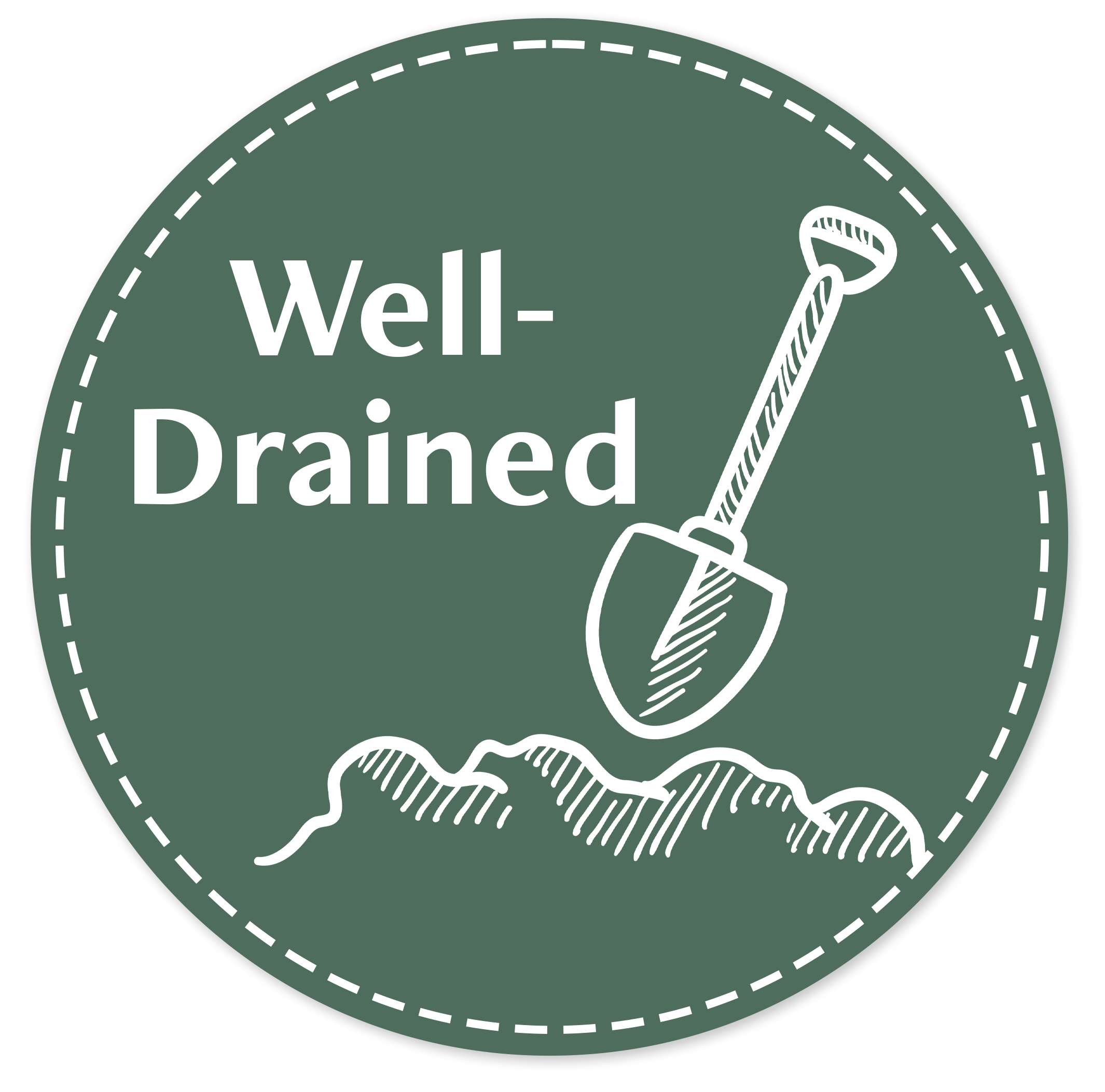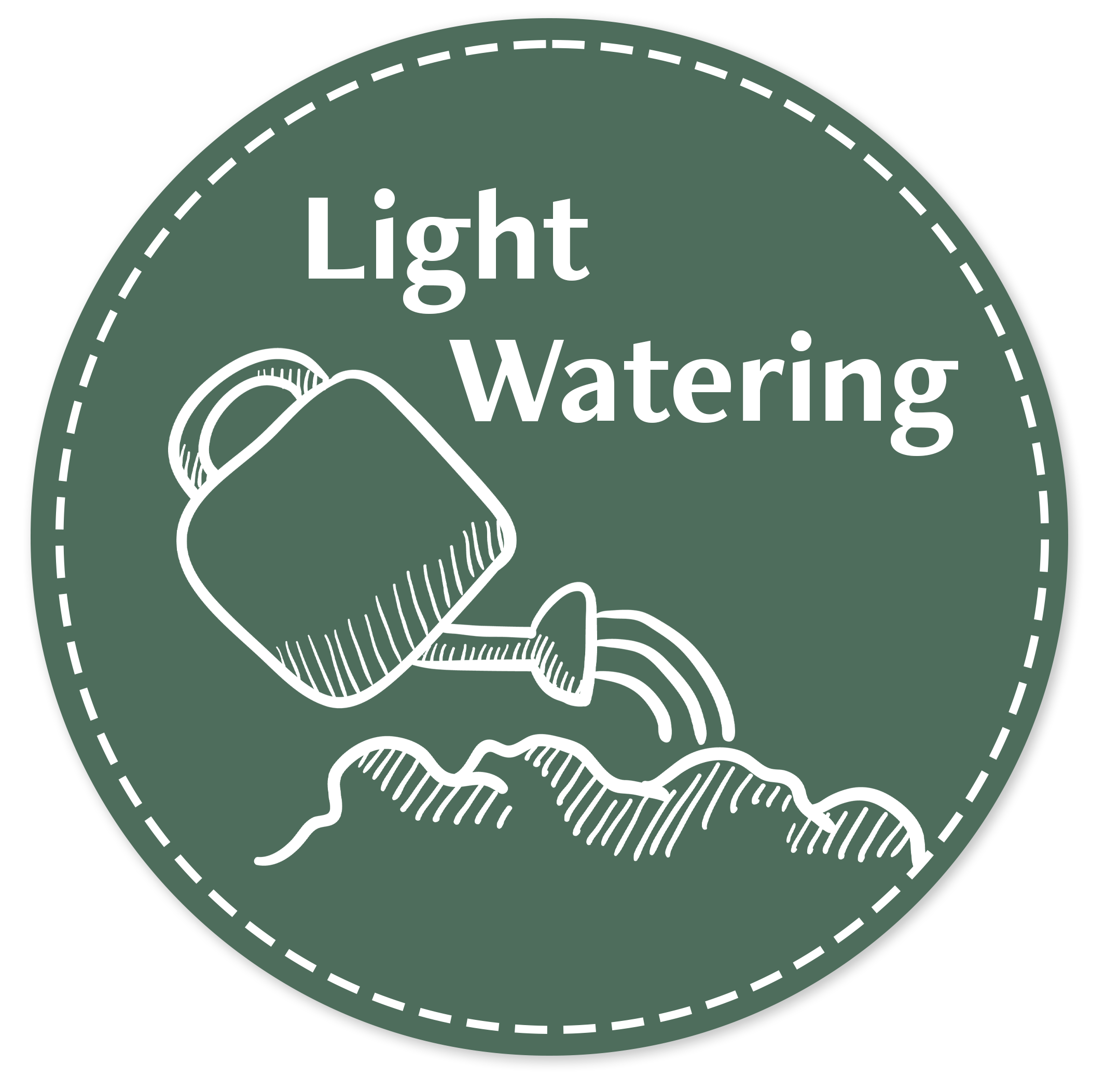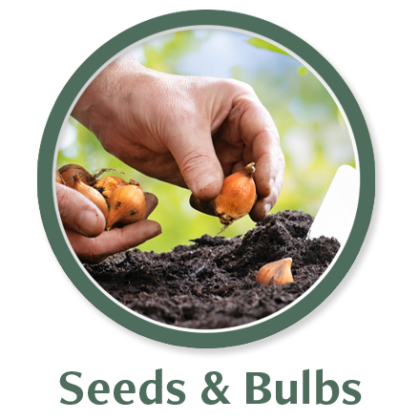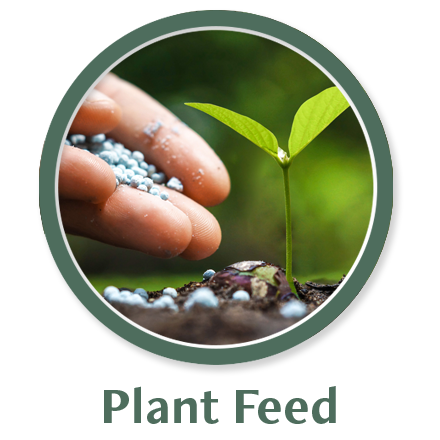

Onions are part of the allium family, along with chives, garlic and leeks, all pungent and flavoursome ingredients. These alliums have been cultivated for centuries for their culinary and medicinal properties, such as reducing the risk of cancer, improving mood and maintaining skin and hair health.
Did you know that the reason onions cause our eyes to water is because when they’re cut they produce a gas called syn-Propanethial-S-oixide. This chemical acts as a lachrymatory agent which causes eyes to sting and water. To avoid this, try chilling the onion in the fridge for 30 minutes before chopping. Cut the top off, then peel the outer layers whilst leaving the root intact as the root is where the highest concentration of lachrymatory agents can be found.
One cup of chopped onions (approx. 112g) contains the following nutrients:
64 calories, 14.9g carbs, 2.72g fibre, 1.76g protein, 0.16g fat, 13.11% RDA vitamin C, 6.78g sugars

Not all onions are the strong, eye-waterers, in fact there’s plenty of varieties that are sweet, juicy, sharp and even spicy. Think about how these flavours could work into your cooking before selecting the varieties to grow in your garden or allotment space.
For the quickest and most reliable way to grow onions grow from sets although seeds are available.


An onion “set” is a small, immature bulb which will be available to purchase early spring through until late summer, ready to plant from mid-March to mid-April or in September.
Select a sunny, sheltered site where the soil is fertile and free-draining, then prep the soil with compost. There are composts available that are tailored for growing vegetables, otherwise a multipurpose compost will do or forking in well-rotted manure. After this add a high potassium general fertiliser for an added boost to your plants.
Onions do not do well in acidic soil, so if this is the case for your plot then it’s worth considering deep, large planters or raised beds. They are not suitable for grow bags.
The sets should be planted 5-10cm apart and in rows that are about 25-30cm apart. To correctly plant the sets they should be pushed gently into the prepared soil just deep enough that the tips are still showing, then firm the soil around them and water well.




Once the sets are planted it’s worth covering them with fleece until they’re rooted in as birds can cause damage.
Onions will only need watering when the weather is dry and will do well with an occasional feed of a general liquid fertiliser. Once the onions have swollen in mid-summer watering and feeding will have to stop.
Onions can suffer from competing plants, so it’s advised to keep on top of the weeding as regularly as possible. A hoe could cause damage to the onion plants, so it’s best to do this by hand.
You do not want the onion to flower as this will split the bulb. If a flower bud does appear, snip the bud and harvest the onion to use as soon as possible as onions that have bolted tend to not store well.


Onion White Rot
Onion White Rot is a soil-borne fungus which will show as a white fluffy patch at the base of the bulb, later turning to small round black structure. Yellowing of foliage is a key sign which will result in wilting.
There is currently no cure once the plant has Onion White Rot and therefore being conscious of contaminating clean sites is very important. Contamination can be from planting infected plants, muddy boots and by tools used in infected soils.
Bolting
Bolting affects many vegetables and herbs. It is when the plant sets seeds suddenly, which can impact on the flavour depending on the crop.
Bolting is triggered by stress to the plant such as a sudden cold snap or very hot weather, leading the plants try to produce seeds quickly thinking the seasons have changed.
To avoid onions from bolting it’s best to keep their conditions as constant as possible by covering them in fleece during colder weather and watering well in hot weather.
Leek Rust
Leek Rust is a fungal disease that can be identified by bright yellow spots on the leaves with rusty orange markings. It is often worse during long periods of wet weather.
Yield is only really affected in serious cases when the plant will shrivel, otherwise in less serious cases the plant should be fine.
To reduce the chance of rust affecting plants it’s best to avoid overcrowding when planting as this can increase humidity. If the plant does show signs of Leek Rust there is no chemical control and be sure to not grow garlic, leeks or onion in the same spot for at least three years. If the plant does show signs of a bad infection then lift and destroy.
Onion Downy Mildew
Onion Downy Mildew will cause damage to the foliage and bulb of the plant, resulting in a poor yield. Typically it’s a problem during damp conditions.
Correct spacing to allow air flow around the plants is key to avoiding Onion Downy Mildew and regular weeding will help. When watering make sure to water directly at the base of the plant to avoid the leaves from getting damp.
Any infected leaves should be removed and destroyed.

For sets planting in September they will typically be ready for harvesting from July, whereas spring planted-sets will be ready from late summer through until early autumn.
You’ll know when your onion crops are ready to harvest once the leaves turn yellow and droop over.















